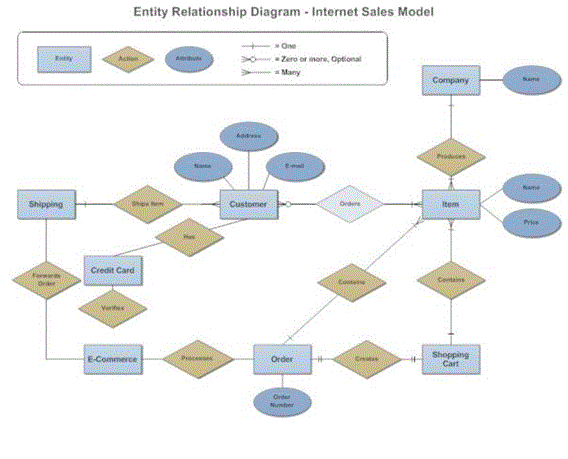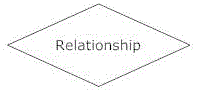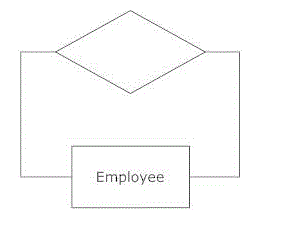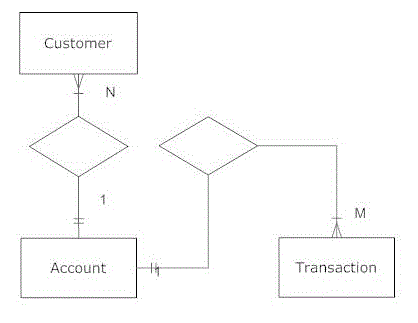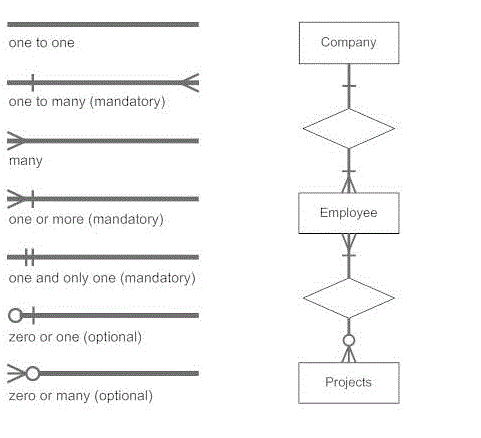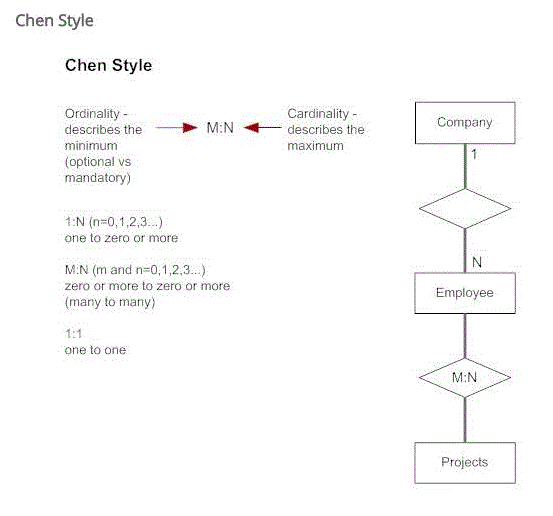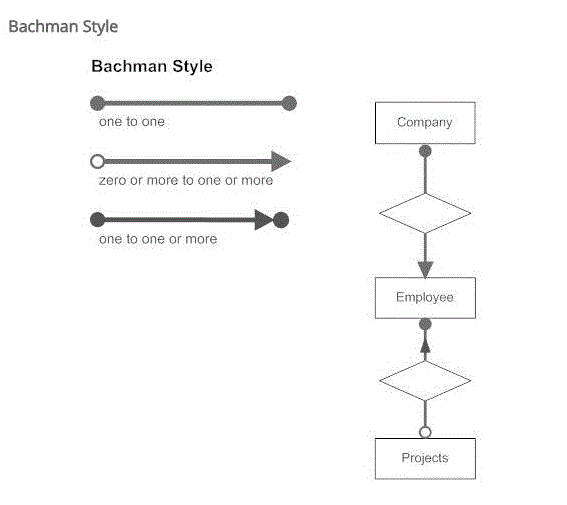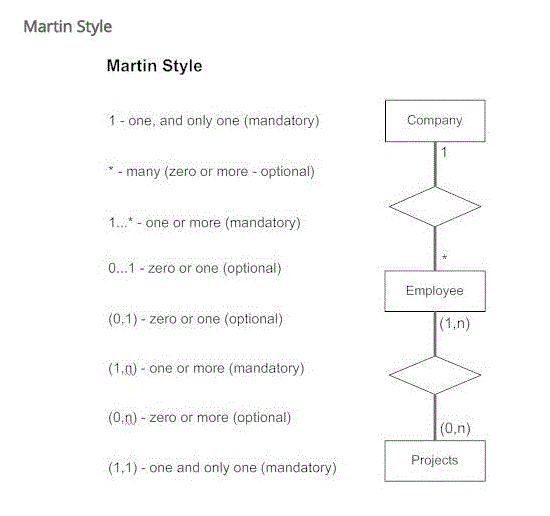ERD Diagram Tutorial with Examples in DBMS
ERD Diagram Tutorial with Examples in DBMS
An element relationship chart (ERD) demonstrates the connections of substance sets put away in a database. An element in this connection is a segment of information. As such, ER outlines represent the intelligent structure of databases.
At first look an element relationship chart looks all that much like a flowchart. It is the specific images, and the implications of those images, that make it one of a kind.
The History of Entity Relationship Diagrams
Diminish Chen created ERDs in 1976. From that point forward Charles Bachman and James Martin have added some slight refinements to the essential ERD standards.
Structure of an Entity Relationship Diagram with Common ERD Notations
A substance relationship outline is a method for imagining how the data a framework produces is connected. There are five principle segments of an ERDs
Entities, which are spoken to by rectangles. An element is an item or idea about which you need to store data:
A feeble element is a substance that should characterized by an outside key association with another element as it can’t be remarkably distinguished by its own particular properties alone.
Activities, which are spoken to by jewel shapes, demonstrate how two elements offer data in the database.
Now and again, elements can act naturally connected. For instance, representatives can administer different workers.
Characteristics, which are spoken to by ovals. A key property is the special, recognizing normal for the element. For instance, a worker’s government disability number may be the representative’s key quality.
A multivalued characteristic can have more than one quality. For instance, a worker substance can have numerous ability values.
An inferred trait depends on another characteristic. For instance, a representative’s month to month compensation depends on the worker’s yearly pay.
Associating lines, strong lines that interface ascribes to demonstrate the connections of substances in the outline.
Cardinality indicates what number of occasions of an element identify with one example of another element. Ordinality is likewise firmly connected to cardinality. While cardinality determines the events of a relationship, ordinality portrays the relationship as either required or discretionary. At the end of the day, cardinality indicates the greatest number of connections and ordinality determines without a doubt the base number of connections.
There are numerous documentation styles that express cardinality.
Data Engineering Style
Entity Relationship Diagram Uses
While recording a framework or procedure, taking a gander at the framework in numerous ways expands the comprehension of that framework. ERD outlines are generally utilized as a part of conjunction with an information stream chart to show the substance of an information store. They offer us to envision how information some assistance with being associated generally, and are especially valuable for developing a social database.
How to Create an Entity Relationship Diagram
Here are some best practice tips for building an ERD:
- Recognize the substances. The initial phase in making an ERD is to recognize the majority of the substances you will utilize. A substance is simply a rectangle with a portrayal of something that your framework stores data about. This could be a client, a chief, a receipt, a timetable, and so on. Draw a rectangle for every substance you can consider on your page. Keep them divided out a bit.
- Distinguish connections. Take a gander at two elements, would they say they are connected? On the off chance that so draw a strong line interfacing the two elements.
- Depict the relationship. How are the elements related? Draw an activity precious stone between the two substances at stake you just included. In the precious stone compose a brief depiction of how they are connected.
- Include characteristics. Any key qualities of substances ought to be included utilizing oval-formed images.
- Complete the graph. Keep on associating the substances with lines, and adding precious stones to portray every relationship until the sum total of what connections have been depicted. Each of your substances might not have any connections, some might have various connections. That is alright.
More Related Articles For You
- Architecture of DBMS
- CODDS RULE DBMS
- Database Models in DBMS
- Relational DBMS Concepts
- Keys and Types of keys in Database
- Database Normalization
- Generalization, Specialization and Aggregation Concepts in DBMS
- Introduction to SQL
- How to Create Query in SQL, Create Table, Delete Table and User Insert Info Statements
- Alter Query Command in SQL, Add, Modify and Drop Column in Table
- TCL Commands in SQL
- Truncate Query, Drop and Rename Query in SQL
- All DML Statement in SQL, Select Statement, Delete, Insert and Update Statement
- Data Control Language DCL Revoke and Grant Command in SQL
- Select Statement or Select Query in SQL Explained with Examples
- Distinct Keyword Explained in SQL
- WHERE Statement or WHERE Clause in SQL Statement Explained
- AND & OR Operators in SQL
- LIKE Operator in SQL
- ORDER BY Clause Sorting Explained in SQL
- Group By Clause in SQL
- Having Clause Explained in SQL
- SQL Constraints
- SQL Aggregate Functions
- SQL Aliases Use and Purpose in SQL
- SQL Joins Types, Use and Purpose
- SQL Sequence Syntax and Use with Examples
- SQL View
- SET Operation in SQL, UNION, UNION ALL, Intersect and Minus

